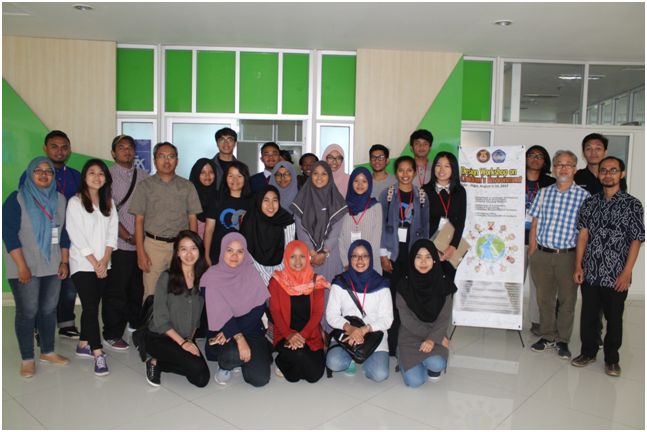Once again, Department of Architecture Universitas Muhammadiyah Surakarta and Department of Landscape Architecture Universiti Teknologi Malaysia run a collaborative workshop. With the support from the International Office of Universitas Muhammadiyah Surakarta, this event celebrate 10 years collaboration between the two departments. The workshop focused on designing an urban space from children’s point of view. The workshop took place in Yogyakarta and Surakarta on 7-11 August 2017. During the workshop, the participants had an opportunity to visit a number of venue which were considered as child friendly environment in Yogyakarta (such as Kotagede, Kauman, and Brayut) and Surakarta (particularly in Laweyan). Along with that, the participants also experienced social activities such as rafting in Magelang and enjoying Ramayana ballet performance in Prambanan Temple.
The purpose of this workshop is to expose students on the existing conditions of urban spaces in cities of Central Java, particularly in Yogyakarta and Surakarta. Participating in a workshop on planning and design a play place for children in the city of Surakarta or Yogyakarta is part of the learning session for the landscape architecture, architecture and early-childhood-education students. In as much, participating in the visit permits the students to gain knowledge of culture and values of people’s with place in urban and rural settings.

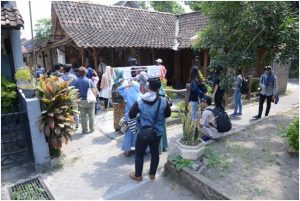
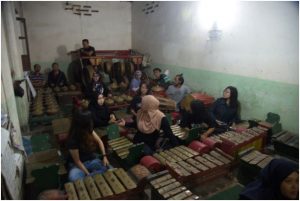
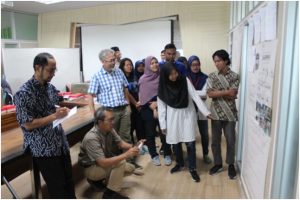
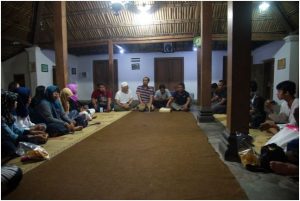

The participants of the workshop comes from two universities. All are 31 students in total: 14 landscape architecture students, 7 architecture students, dan 6 early year children education students. Four faculty members from two universities lead the workshop, from UTM: Asc. Prof. Dr. Ismail Said and Dr. Hisyam, and from UMS: Dr. Wisnu Setiawan and Dr. Dhani Mutiari. The students found the activity useful as they learnt a lot during the workshop. They began to better understand how to link research and design. They learnt how to (1) study the spatial typology of urban spaces in Solo and Yogyakarta and cultural behavior of people interacting in the urban environments, (2) to study the behavior of children using urban spaces, (3) to design an urban place for young children that promotes their physical and social well-beings, and (4) to learn how to write a report of outbound visit to foreign country. Apart from the academic activity, they found new friendship and better communication skill. Not only the students, the two departments also found this collaborative workshop useful. They agreed to sustain the workshop and even upgrade this to the next level of research collaboration in the near future.
*Author: Wisnu Setiawan
